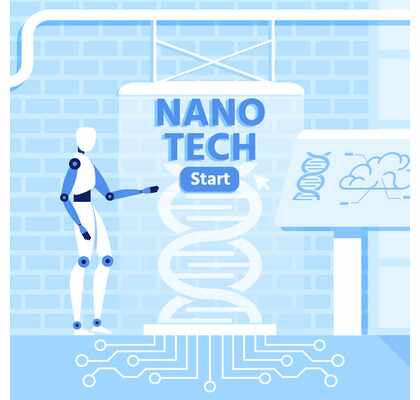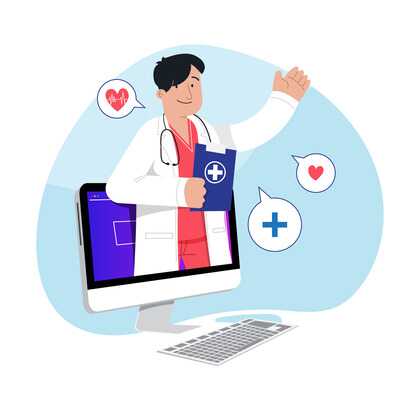NFTs: Redefining Ownership in the Digital Age – Exploring the Rise of Digital Assets
In recent years, a new form of digital asset has emerged, disrupting traditional notions of ownership and revolutionizing various industries. Non-Fungible Tokens (NFTs) have gained significant attention and popularity, introducing unique opportunities for creators and collectors alike. This article explores the rise of digital assets, particularly NFTs, and examines their profound impact on the future of ownership. Digital assets encompass a wide range of intangible items with value, including digital art, music, videos, virtual real estate, in-game items, and more. These assets exist solely in a digital format and are typically stored on decentralized blockchain networks, providing security and verifiability. NFTs are a type of digital asset that utilize blockchain technology to establish ownership and uniqueness. Unlike cryptocurrencies such as Bitcoin or Ethereum, which are fungible and can be exchanged on a one-to-one basis, NFTs are indivisible and represent a specific item or piece of content. NFTs offer several advantages, including: Provable Ownership: NFTs use blockchain’s immutable ledger to authenticate and prove ownership, eliminating the risk of counterfeit or unauthorized duplication. Scarcity and Exclusivity: NFTs can be designed to have limited quantities, creating a sense of rarity and exclusivity that appeals to collectors. Royalty Mechanisms: Creators can embed royalty mechanisms into NFTs, ensuring they receive a percentage of future sales whenever their work is resold. NFTs have gained traction across various domains, with notable examples including: Digital Art: Artists can create and sell digital artworks as NFTs, allowing collectors to own the original piece or a limited edition. Sports Memorabilia: Athletes and sports organizations have embraced NFTs, offering unique digital collectibles like trading cards and virtual experiences. Virtual Real Estate: Virtual worlds and metaverses enable the purchase and ownership of virtual land, buildings, and assets through NFTs. NFTs have revolutionized the art world, empowering artists and creators with new revenue streams and ownership models. By tokenizing artwork, artists can reach a global audience, receive fair compensation, and retain control over their creations even after they are sold. Blockchain-based NFTs have the potential to transform real estate ownership and property rights. Fractional ownership, enhanced liquidity, and streamlined transactions are some benefits that NFTs can bring to the real estate market, making it more accessible and efficient. NFTs have introduced a new dimension to gaming by enabling the ownership and trade of in-game items, characters, and virtual assets. Players can now truly own their digital possessions and even earn income by participating in decentralized gaming ecosystems. While NFTs present exciting possibilities, they also come with challenges and concerns that need to be addressed: The energy consumption associated with blockchain networks, especially those employing Proof-of-Work consensus algorithms, has raised concerns about the environmental impact of NFTs. Efforts are being made to explore more sustainable alternatives to mitigate this issue. NFTs have brought attention to copyright and intellectual property concerns. The ease of creating NFTs based on existing digital content raises questions about attribution, licensing, and ownership rights, requiring robust frameworks to protect creators and their work. The rapid rise of NFTs has also led to concerns about market volatility and potential bubble speculation. It is important for both creators and collectors to approach the market with caution, considering factors such as long-term value, utility, and authenticity.
NFTs are revolutionizing the concept of ownership by providing a verifiable and immutable record of authenticity for digital assets.
– Cameron Winklevoss NFTs have opened the door to tokenizing traditional assets like real estate, art collections, and intellectual property. This tokenization can democratize access, increase liquidity, and enable fractional ownership, revolutionizing how people interact with and invest in assets. Decentralized ownership, facilitated by NFTs and blockchain technology, offers a paradigm shift from centralized authorities controlling ownership. This shift empowers individuals to have direct control over their digital and physical assets, fostering a more inclusive and equitable ownership landscape. The rise of digital assets, particularly NFTs, is reshaping the future of ownership. From transforming the art world to disrupting the gaming industry, NFTs have ushered in new possibilities for creators, collectors, and investors. However, challenges such as environmental impact and copyright concerns need to be addressed to ensure a sustainable and ethical ecosystem. As we move forward, the tokenization of traditional assets and the shift towards decentralized ownership hold immense potential to redefine how we perceive and interact with ownership in the digital age.Introduction
What are Digital Assets?
Understanding NFTs
Definition and Functionality
Benefits of NFTs
Examples of NFTs
The Impact of NFTs on Ownership
Transforming Art and Collectibles
Tokenizing Real Estate and Property
Disrupting the Gaming Industry



Challenges and Concerns
Environmental Impact
Copyright and Intellectual Property
Market Volatility and Bubble Speculation
The Future of Ownership
Tokenization of Traditional Assets
Decentralized Ownership
Conclusion







































